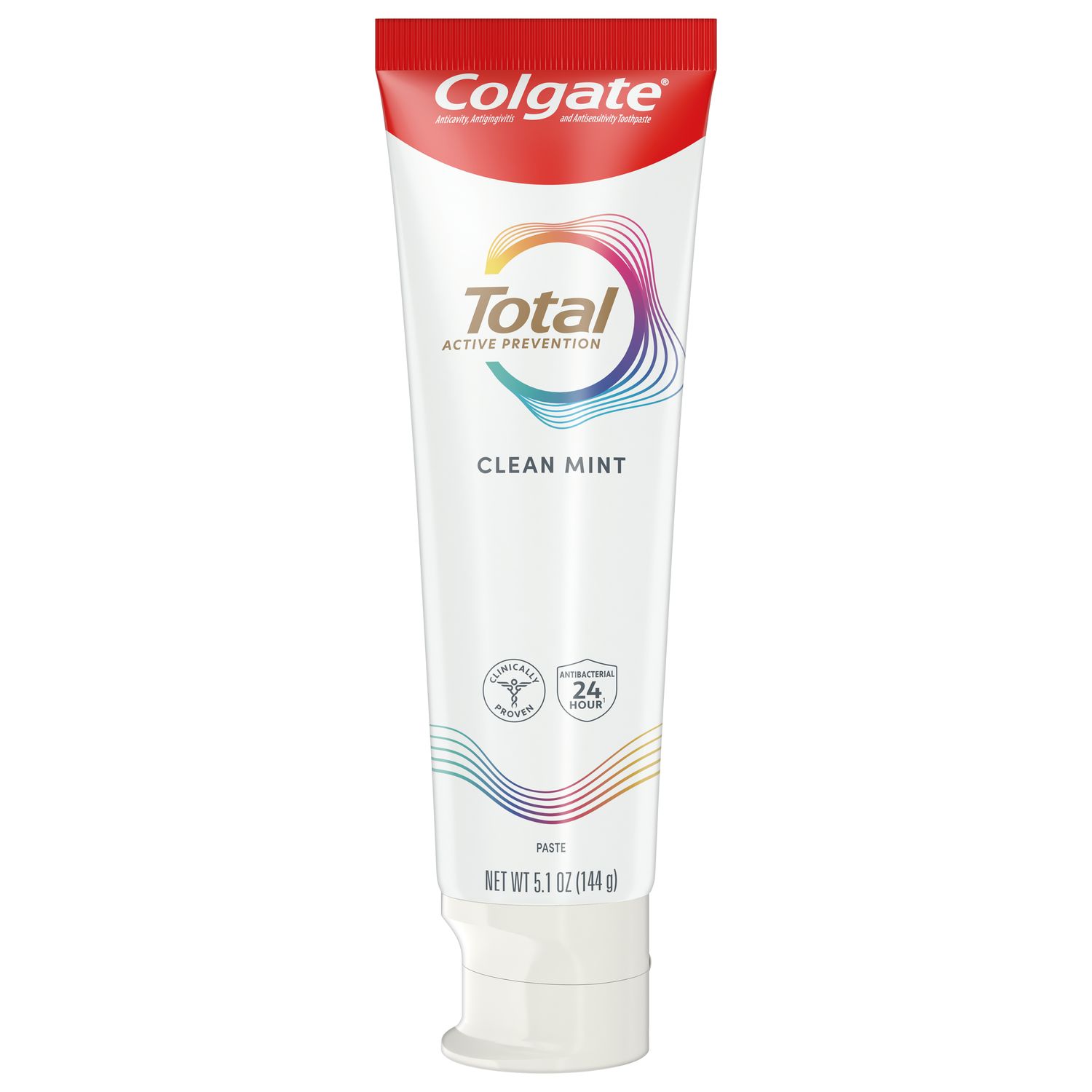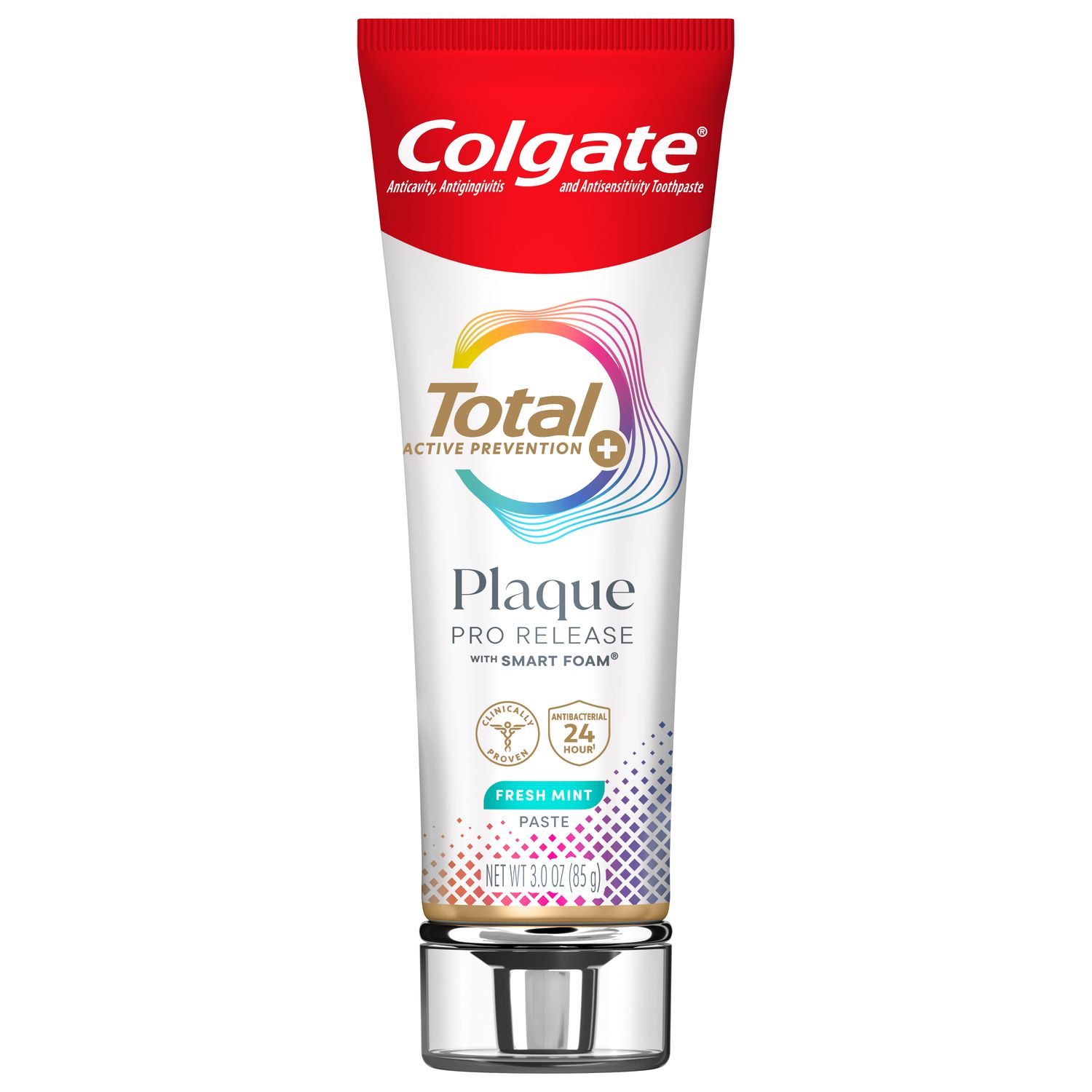
The World Health Organization (WHO) identifies dental caries as the most common noncommunicable disease (NCD) worldwide. Based on the 2015 Global Burden of Disease Study cited, dental caries in the permanent dentition is the most prevalent NCD listed, affecting 2.3 billion people, and in the deciduous teeth is the 12th most prevalent, affecting 560 million children. While dental caries is preventable, its prevalence remains high despite the significant public health efforts directed at reducing its prevalence. In this article, we explore how the recent re-classification of dental caries as an NCD may help.
Changing understanding of caries pathogenesis
For some time, dental caries was viewed as an infectious disease caused by pathogenic bacteria, primarily S. mutans. Further, it was believed that this disease was transmitted from mother to infant. As with other infectious diseases, efforts focused on limiting or eliminating the responsible bacteria and preventing transmission. However, with a growing understanding of the oral microbiota and the microbial community of the oral cavity, it became clear that the pathogenesis of dental caries was more complex.
We now know that dental caries is the result of a change in the composition of the oral microbiota, wherein certain acid-tolerant and acidogenic bacteria species become more prevalent. This is driven primarily by a change in the pH of the oral cavity and the accumulation of dental biofilm.
A diet high in sugars is the primary factor in lowering pH, creating an environment that favors acid-tolerant and acidogenic bacteria, rather than the commensal (beneficial) bacteria that prefer a near-neutral environment. The cariogenic species metabolize free sugars and create acidic by-products. Additionally, impaired salivary flow results in reduced intraoral buffering capacity, while inadequate oral hygiene allows biofilm to accumulate. If the acidic environment is sustained, the tooth structure is demineralized and caries develops.
Why has the classification changed?
With this understanding of the pathogenesis of dental caries, we now see that the disease is not an infection in the traditional sense, in that it is not caused by the introduction of a pathogen that would not normally be present in a healthy individual, nor is it transmissible from person to person. Rather, the development of the disease is driven by a change in the host environment — in this case, the oral cavity — owing to the behaviors, physiological characteristics and even genetic susceptibilities of the individual. In short, caries better fits the description of an NCD.
What does this mean for caries prevention and management?
Recognition of caries as an NCD highlights the many shared risk factors across this group of diseases. A high-sugar diet and smoking, for example, are also risk factors for other prevalent NCDs like cardiovascular disease and type 2 diabetes. It is also noted here that the key public health messages for caries, overweight/obesity, and diabetes are similar, with a healthy diet and sugar reduction priorities in each case.
In understanding the shared risk factors, we have the opportunity to integrate dental caries prevention and management into wider health promotion activities on a patient, community and national level. Multidisciplinary collaboration is key for achieving this; collaborating with other healthcare and public health professionals will allow us to harmonize and strengthen our messaging.
At a community level, the knowledge that addressing risk factors for obesity can also support caries prevention may empower healthcare counselors to provide more effective education and motivation to their patients. On a national level, advocating for the inclusion of dental caries in wider NCD-focused public health campaigns can add weight to overall health promotion messages.
Treating caries as an NCD
Viewing caries as an NCD affecting the microbiota can also help to reframe our clinical approach in various ways.
1. Sugar reduction
As the main driver of the dysbiosis that supports dental caries, sugar intake should be addressed as a priority in caries prevention and management. Limiting consumption of sugars reduces the “fuel” available to cariogenic bacteria and therefore reduces their acidic metabolic by-products. It also weakens the biofilm matrix and reduces levels of harmful biofilm. Based on WHO recommendations, messaging should focus on limiting free sugars to less than 10% (ideally even 5%) of total daily energy intake to prevent dental caries.
2. Restoring symbiosis
One way to help restore symbiosis is the use of a substance that promotes the growth and maintenance of beneficial bacteria. Arginine is naturally produced and present in saliva. In the supragingival biofilm, arginine is metabolized by the arginine deiminase system (ADS) of oral bacteria, producing ammonia which has a neutralizing effect against a low intraoral pH. Use of an arginine toothpaste has been shown to result in an increase in ADS activity in caries-active individuals.
3. Salivary enhancement
Saliva is crucial for maintaining the health of the oral microbiota. Impaired salivary flow due to, for example, medication usage or smoking, can set the stage for dysbiosis and caries. Improving salivary function via methods like medication review, adequate hydration, and saliva stimulants or substitutes can help to restore saliva’s caries-protective effects.
4. Oral hygiene
Regular biofilm disruption in the form of toothbrushing is essential for preventing the accumulation and maturation of bacterial communities. The previous focus on complete eradication or meticulous control of biofilm is no longer considered the goal of caries management; rather, patients should be encouraged to perform gentle twice-daily brushing with a fluoride toothpaste to restore and to maintain the balance of the oral microbiota.
5. Fluoride
Fluoride is known to inhibit the demineralization process, support remineralization, and interrupts the metabolism of cariogenic bacteria species by forming rich, durable calcium fluoride reservoirs in the biofilm matrix. These reservoirs release calcium and fluoride during acid attacks, contributing to inhibition of demineralization and supporting remineralization.
Higher concentrations of fluoride offer greater protection, with a dose-response effect. High-concentration fluoride therapies are recommended for patients at increased risk for caries as well as for the non-restorative treatment of carious lesions.
Patients can be offered a high-fluoride toothpaste for home use, such asColgate PreviDent® 5000 ppm Booster Plus (USA), orColgate Duraphat® 2800 ppm Fluoride Toothpaste (UK). For enhanced protection, patients can also be offered in-office 5% sodium fluoride treatments likeColgate PreviDent® Varnish (USA) or Colgate Duraphat Varnish.
Fluoride has been proven to be effective and safe by extensive research, and remains the gold standard for preventing and managing dental caries.
Join us
Get resources, products and helpful information to give your patients a healthier future.
Join us
Get resources, products and helpful information to give your patients a healthier future.













